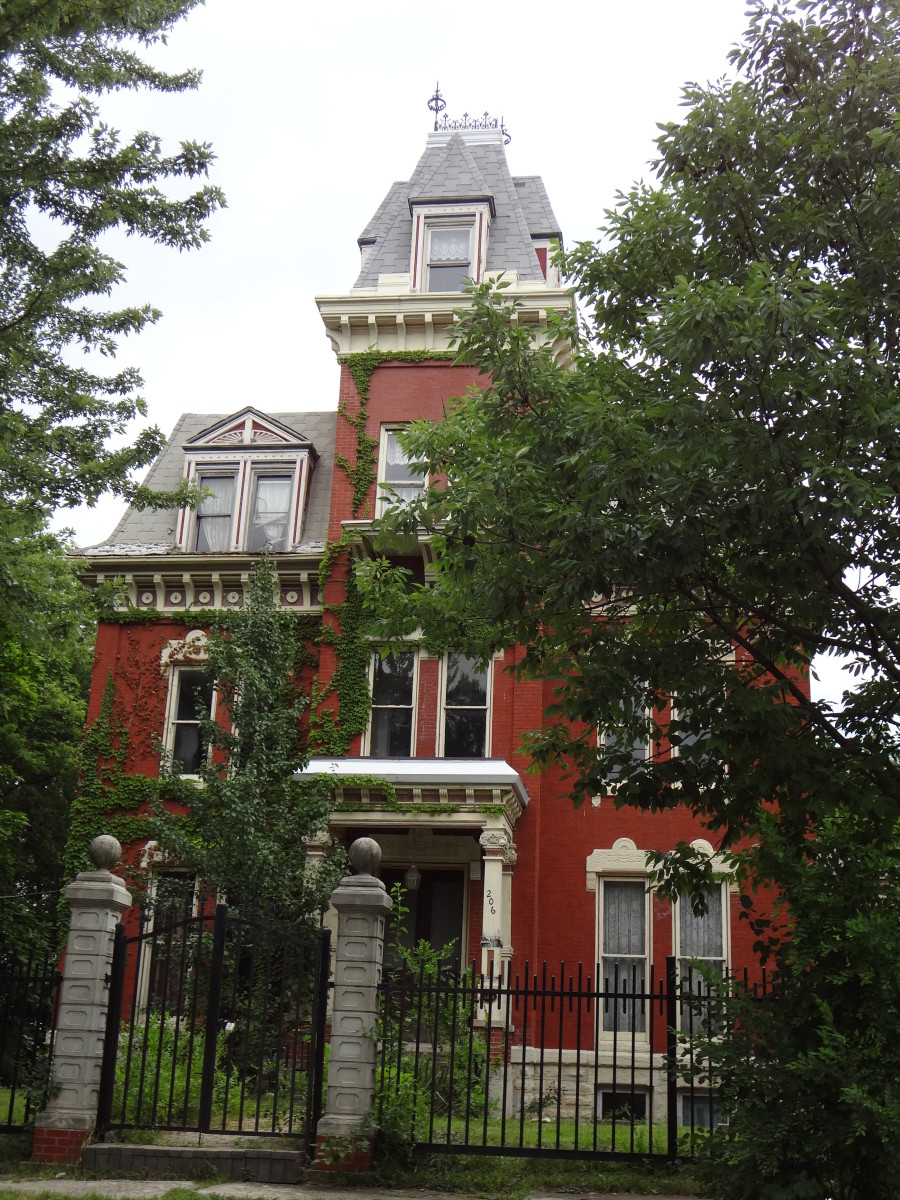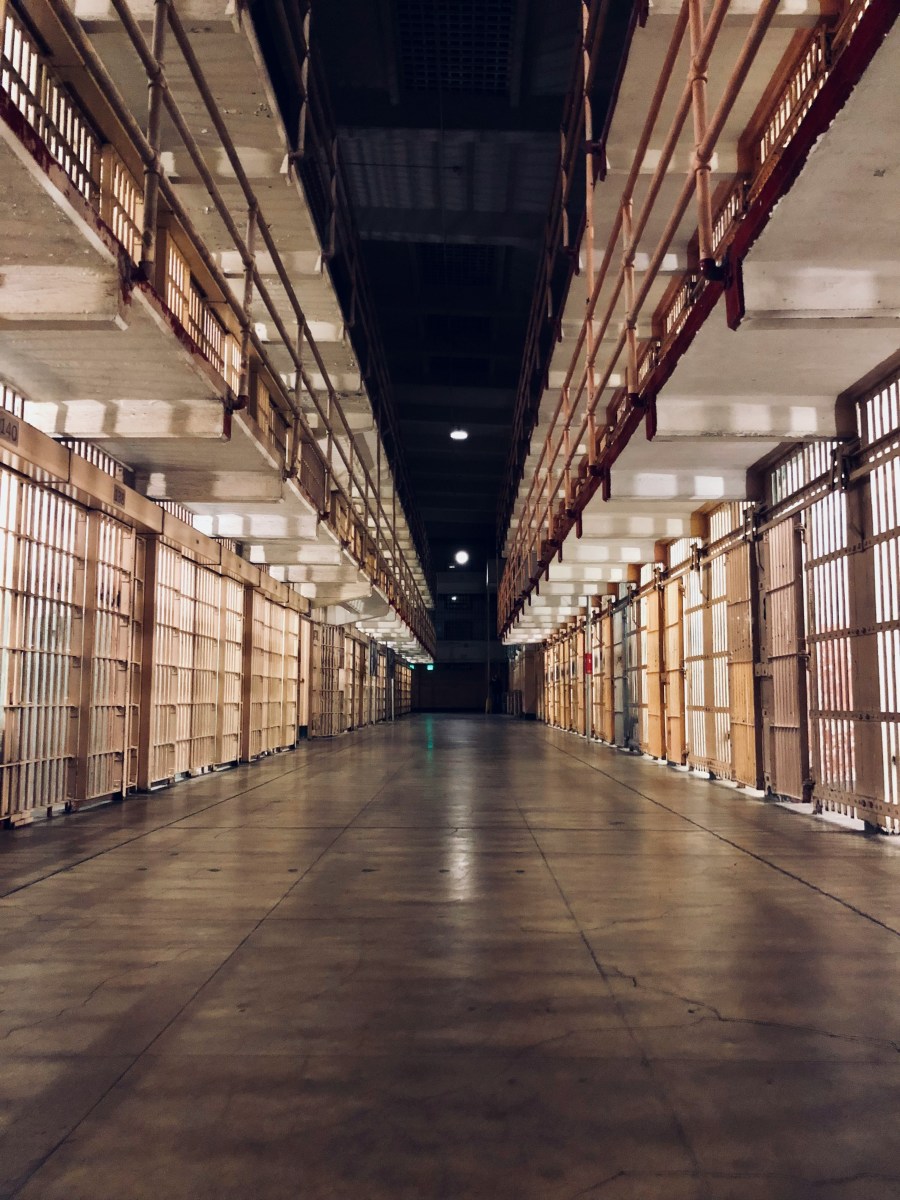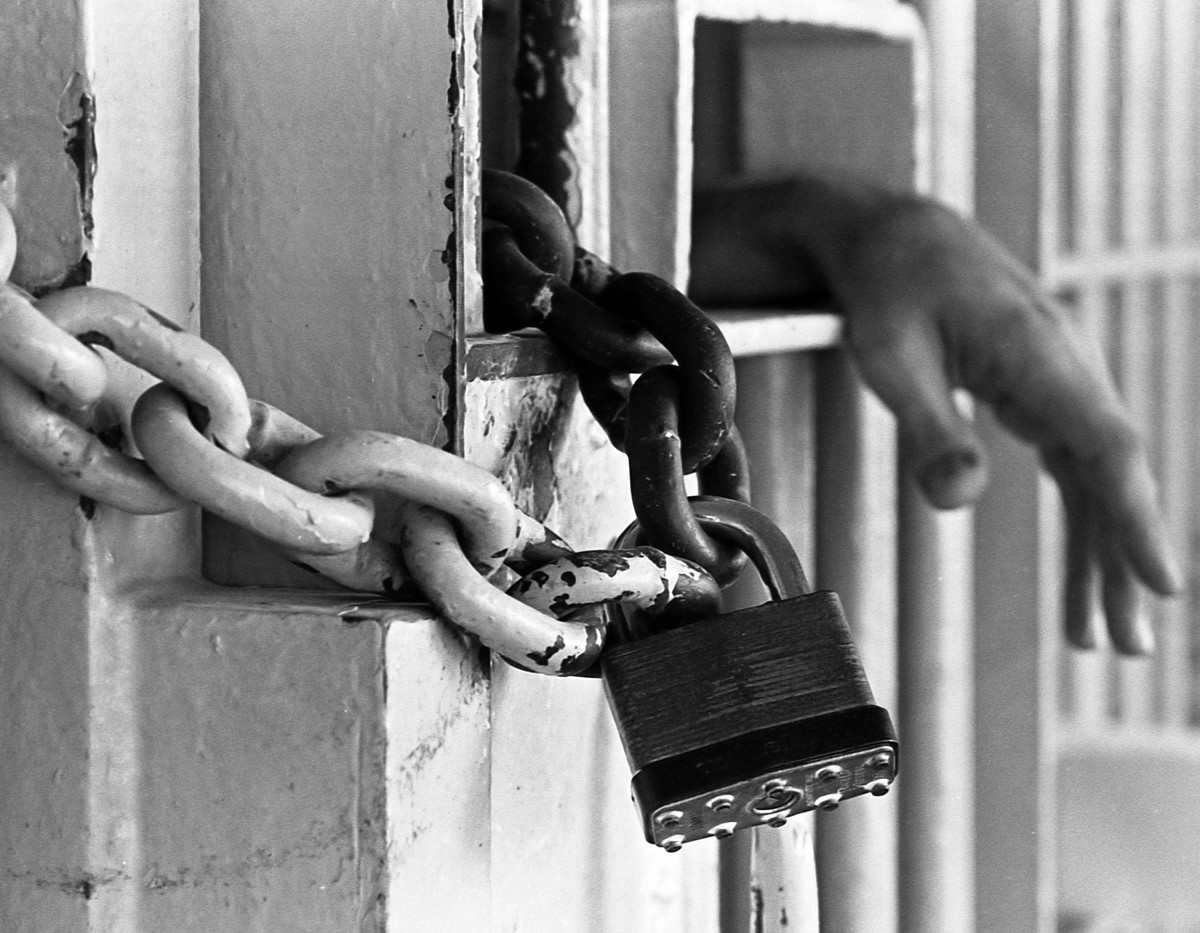Returning to society after incarceration.
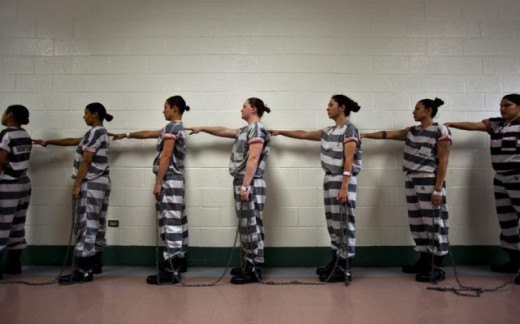
A brief overview
The United States incarcerates more of its citizens than any other country in the world. Though some sentences are very long many offenders will one day return to society. This process can be and most of the time is traumatic, stressful and in some cases overwhelming. Many of these inmates have nowhere to go, no support system, and many times not welcomed by society or family. The journey of starting the new life the inmate hopes to achieve upon release does not always work out.
According to the Bureau of Justice, 68% of inmates released in 30 states will re-offend and return to prison in three years and return to prison, and 77% will re-offend and return to prison in 5 years.
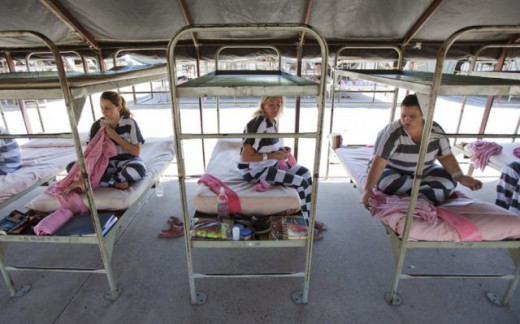
Recidivism
Recidivism: The act of a person repeating an undesirable behavior after the person has already been incarcerated and released. The study also takes into account the percentage of prisoners released that are rearrested for the same or similar crimes.
Most of the efforts of the U.S. Justice System has been focused on locking people up which has led to an overburdened prison system which has resulted in dangerous conditions inside the prisons for both prisoners and correctional staff.
What has not been addressed is decreasing the likelihood of reoffending by the inmates who have been released
Crime runs rampant and gangs flourish inside the prison walls. they control the drug trade and contraband. Correctional officers are also not immune. In recent years there have been several cases of correctional officers, nurses, and even wardens who were involved in the criminal activities inside. Everything from cell phones, to drugs to cigarettes is brought in. it may be by the family, friends, or the prison staff. contraband can be smuggled in many ways including inside the vaginal and anal cavities of both male and females.
The importance of preventing reoffending is important because 95% of inmates will be released back into society at some point. Seven out of ten inmates will be rearrested within three years of release and will be returned to prison.
There are many things that contribute to this, personal and situational circumstances are involved in this such as the following:
(A) The social environment of family and friends.
(B) Community and state level policies
(C) Circumstances before incarceration
(D) Things that happened to them while incarcerated.
(E) Period after they are released both intermediate and long term
One of the main reason for recidivism is the offender finds it difficult to fit into a society he no longer knows, especially after a particularly long incarceration. These difficulties include:
(1) Re-establishing family ties.
(2)Return to high-risk area.
(3) Secure formal identification.
(4) Poor or no work history
(5) A criminal history
Some are anxious about their release, others think it is a chance to start over when it often does not come out that way.
Substance abuse, civil rights and criminal histories
Of federal inmates serving time, 57 % were there on drug charges, a crime committed while under the influence of one or more substances, yet 17% or less receive treatment while incarcerated. The majority are non-violent offenders.
The construction of private prisons has boosted the burgeoning prison population since the private companies such as Wackenhut, Geo Group and Corrections Corporation of America will only build the prisons if the state agrees to keep the population at 90%. This makes sure the prisons stay full, though lacking staff and have had several lawsuits for abuse of inmates.
The public is often un aware of the conditions in the prisons. Many believe the inmates have it too easy. Believe me, it is nowhere near the luxury some imagine it to be. While employed at the facilities I witnessed abuse, unsanitary conditions, and staff who were worse than the inmates they were in charge of.
Correctional policies have so far ignored the difficulties faced by inmates upon release and re-entry into society.
Various studies have shown that prisoners are stripped of civil rights, have problems finding a job, renting an apartment, turning on utilities, and even getting an education.
If the offense is a drug offense they are barred from public housing, voting, student loans, food stamps and in some cases even the Social Security they have already paid in.
Many leasing companies, jobs and such conduct criminal background checks and disqualify those with criminal histories. Thus many return to the same life that put them in prison in the first place.
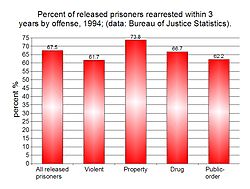
© 2017 christalluna1124


